Orchid Pests and Diseases: [Detection, Causes and Solutions]
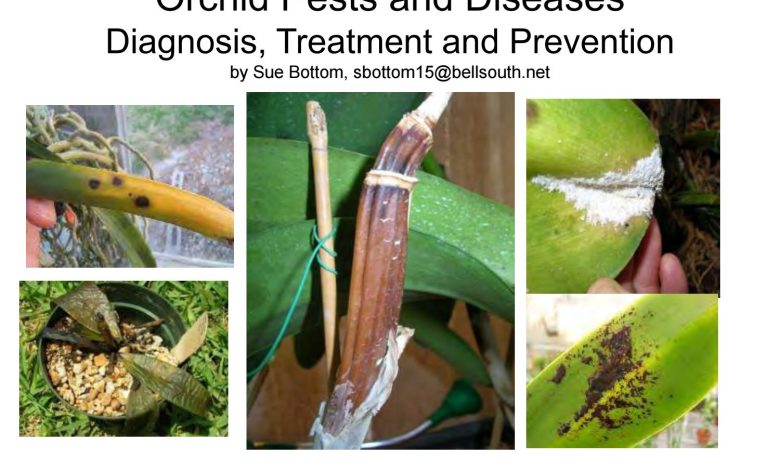
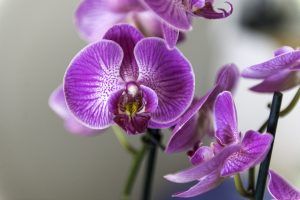 Orchids are plants that show us a high-level behavior around the exquisite flowering.
Orchids are plants that show us a high-level behavior around the exquisite flowering.
Its species is very well valued in the market and is capable of giving us a wonderful variety of colors depending on the type.
In general they are quite resistant and this condition has increased more thanks to the fact that today already worked seedlings are used for sowing.
That does not exempt them from getting sick, so paying attention to common pests and diseases will prevent them from suffering unnecessarily.
black rot
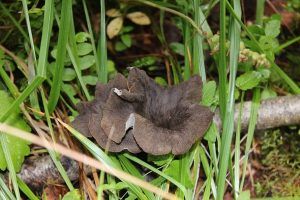 In most cases, with respect to the orchid, it is a disease that is caused by bacteria, although fungi sometimes appear.
In most cases, with respect to the orchid, it is a disease that is caused by bacteria, although fungi sometimes appear.
These bacteria tend to lodge in the substrate, becoming active when the environmental conditions are right: high humidity and little ventilation .
The disease attacks the leaves as the main point, but effects can also be seen on bubos and shoot buds.In each of them black spots appear that are evidenced by a smooth texture, as if they were jelly .
The spots not only make the plants ugly, but also harm their health, leading them to wilt and, most likely, die. Another important detail is that they generate a bad smell and the stains can even ooze liquid if they are pressed.
The biggest problem is that it is capable of affecting an entire field of orchids in a matter of days.In addition, it is quite difficult to control, one of the frequent measures being to burn the plants that are affected to prevent multiplication.
As a preventive measure, it is convenient to have the plants in a ventilated area, especially during the nights when the humidity tends to be higher.The use of bactericidal products is also approved, helping to prevent the attack from being generated or, failing that, reducing the chances of damage.
Mealybugs
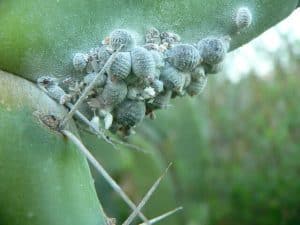 Mealybugs are insects that feed on the sap they get by sucking on orchid leaves.
Mealybugs are insects that feed on the sap they get by sucking on orchid leaves.
They have the property of performing this action quickly and, the more there are, the greater the damage they cause.
In their wake, they also give off a sugary, yellow substance known as molasses. This can serve as a base for the bold fungus.
They are difficult to detect with the naked eye because they hide in the back of the leaves, but when they appear with their white shell they are possible to see.When they are very numerous and the available space is not enough, it is likely that they will also be located in the flowers.
They are pests that do not accept excess moisture, so it is common to see them in dry environments.This is good news to combat them, since by applying washes with soapy water or insecticides, it will be possible to deal with them.
Mites
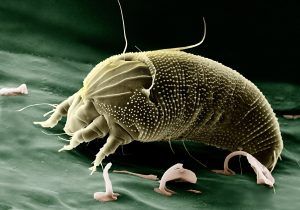 Mites are microscopic insects that affect plants by feeding on the plant fiber they have.
Mites are microscopic insects that affect plants by feeding on the plant fiber they have.
They are very difficult to detect with the naked eye, and it may seem that the orchid is in perfect condition until the symptoms begin to appear.
The areas that have been attacked tend to be seen, after a few days, with formations of yellow spots and dots.Although they can damage the entire structure of the sheet, the most common is that they hide in the lower part of the sheet, making their visualization more complex.
One of the most frequent mites is the red spider and in addition to causing lesions on the leaves, it also forms a fine web on them.When the attack is very advanced and numerous, the plant begins to show decline and it may even affect flowering.
A gardening trick to recognize if it is mites or if the discomfort comes from another source is to pass a white paper with alcohol on the underside of the leaves.In the presence of insects, minimal gray dots will be seen on the paper that move, so there will be no doubt about their presence.
root rot
 Another of the diseases that cause rotting in plant parts is this, which is caused by the attack of certain fungi.
Another of the diseases that cause rotting in plant parts is this, which is caused by the attack of certain fungi.
They have the ability to attack all types of orchids , especially when they are not cultivated following the recommended action measures.
Because they work the plant from the roots, it is best to use a new substrate in each plantation, so that contaminated ones are avoided.It is also a good plan that the substrate has the capacity to efficiently drain water and thus avoid excessive humidity in the environment.
Another important point in terms of prevention has to do with ventilation, since it is very necessary to avoid the accumulation of steam and humidity .
Since the most common fungi that cause root rot are rhizoctonia and fusarium, it is essential that the fungicides used have a decisive action on them.
slugs
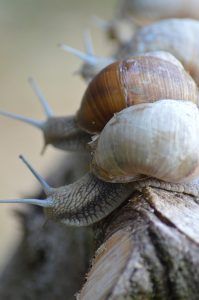 Slugs are insects that have a structure similar to a worm but whose texture is rather watery or shiny, if you will.
Slugs are insects that have a structure similar to a worm but whose texture is rather watery or shiny, if you will.
Its main focus of attack is towards the flowers, where they consume parts of these and cause holes.
Another characteristic symptom of their presence has to do with a series of transparent colored spots that they leave along their path.
The most worrying thing, in any case, is that they are animals that have a great capacity to transmit diseases, especially viral ones.Catching them is not a very complex job because they are visible, although they actually maintain a nocturnal life.
The ideal is to place traps with raw potatoes or lettuce leaves so that they come out to feed and thus can be captured and exterminated.Outdoor orchid plantations are likely to suffer less damage than those located inside greenhouses.
Hence, at times when it is necessary to cultivate them in this way, it becomes much more essential to control humidity levels.

![Photo of Tomato Caterpillar: [How to Identify and Fight It]](https://www.complete-gardening.com/wp-content/uploads/2021/06/Qué-es-la-oruga-del-tomate-390x220.jpg)

![Photo of Jasmine Vine Care: [Soil, Humidity, Pruning and Problems]](https://www.complete-gardening.com/wp-content/uploads/2022/08/jasmine-vine-care-soil-humidity-pruning-and-problems-390x220.jpg)
![Photo of Prune Quince: [Importance, Season, Tools, Considerations and Steps]](https://www.complete-gardening.com/wp-content/uploads/2022/08/prune-quince-importance-season-tools-considerations-and-steps-390x220.jpg)